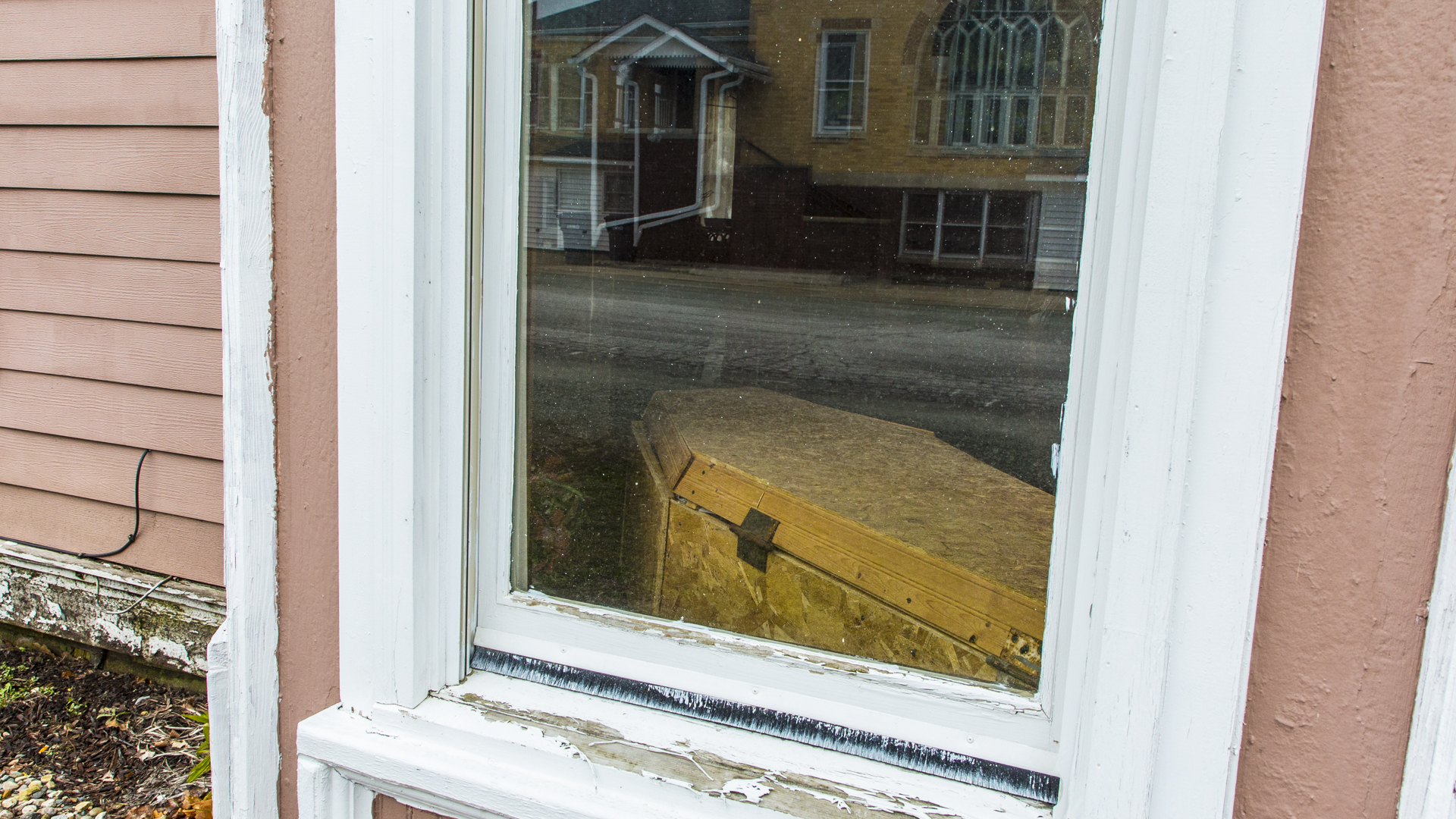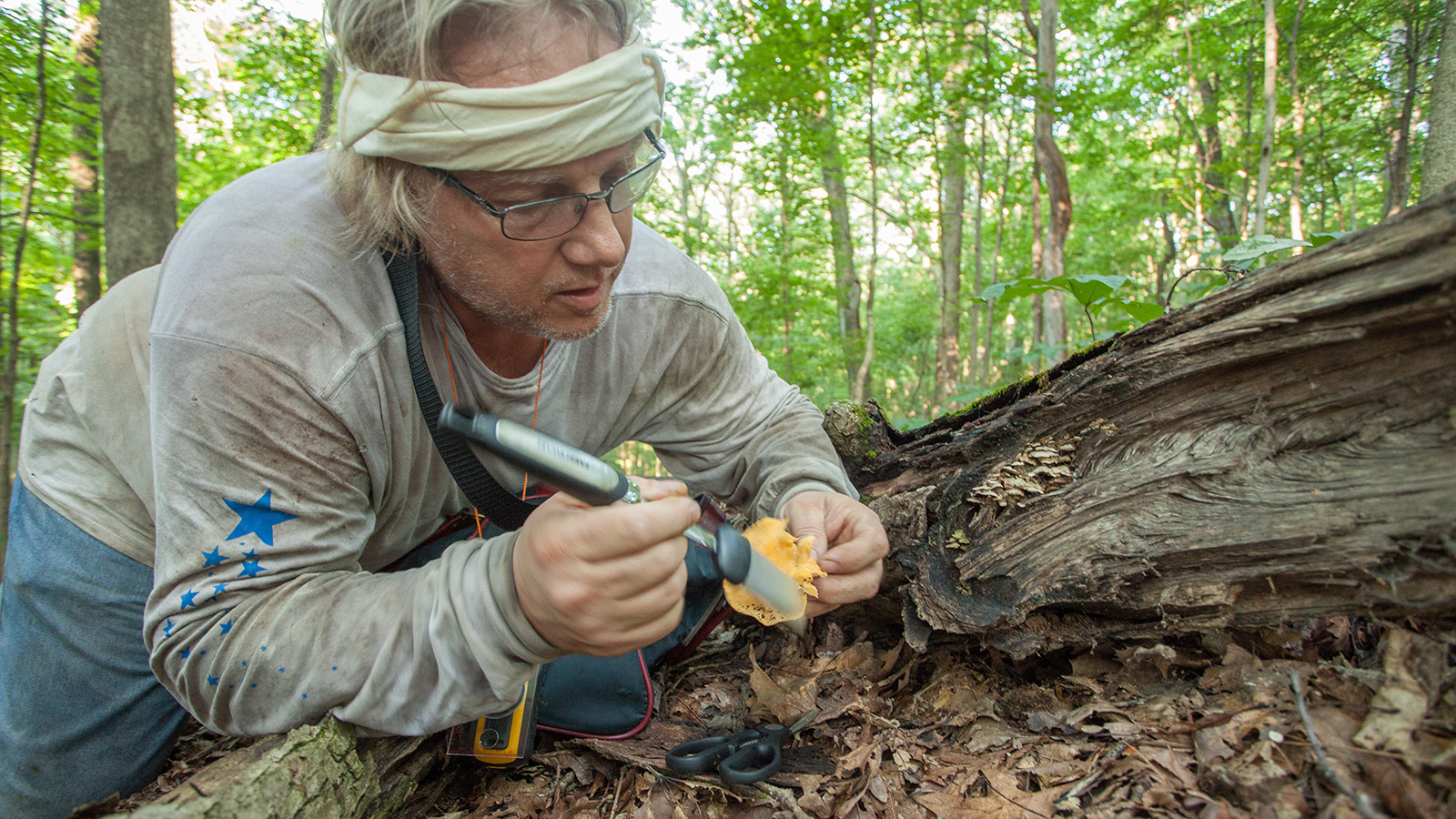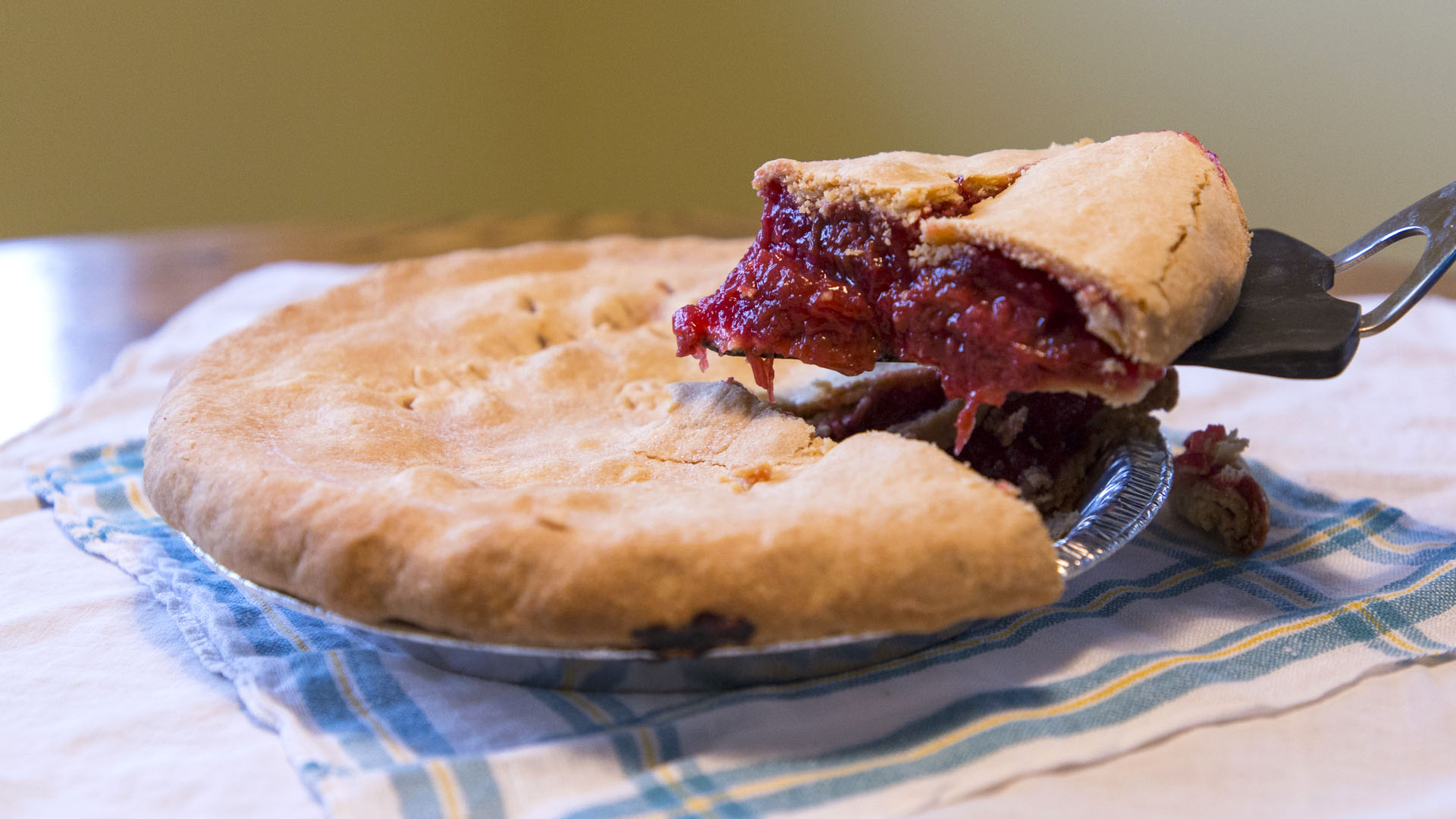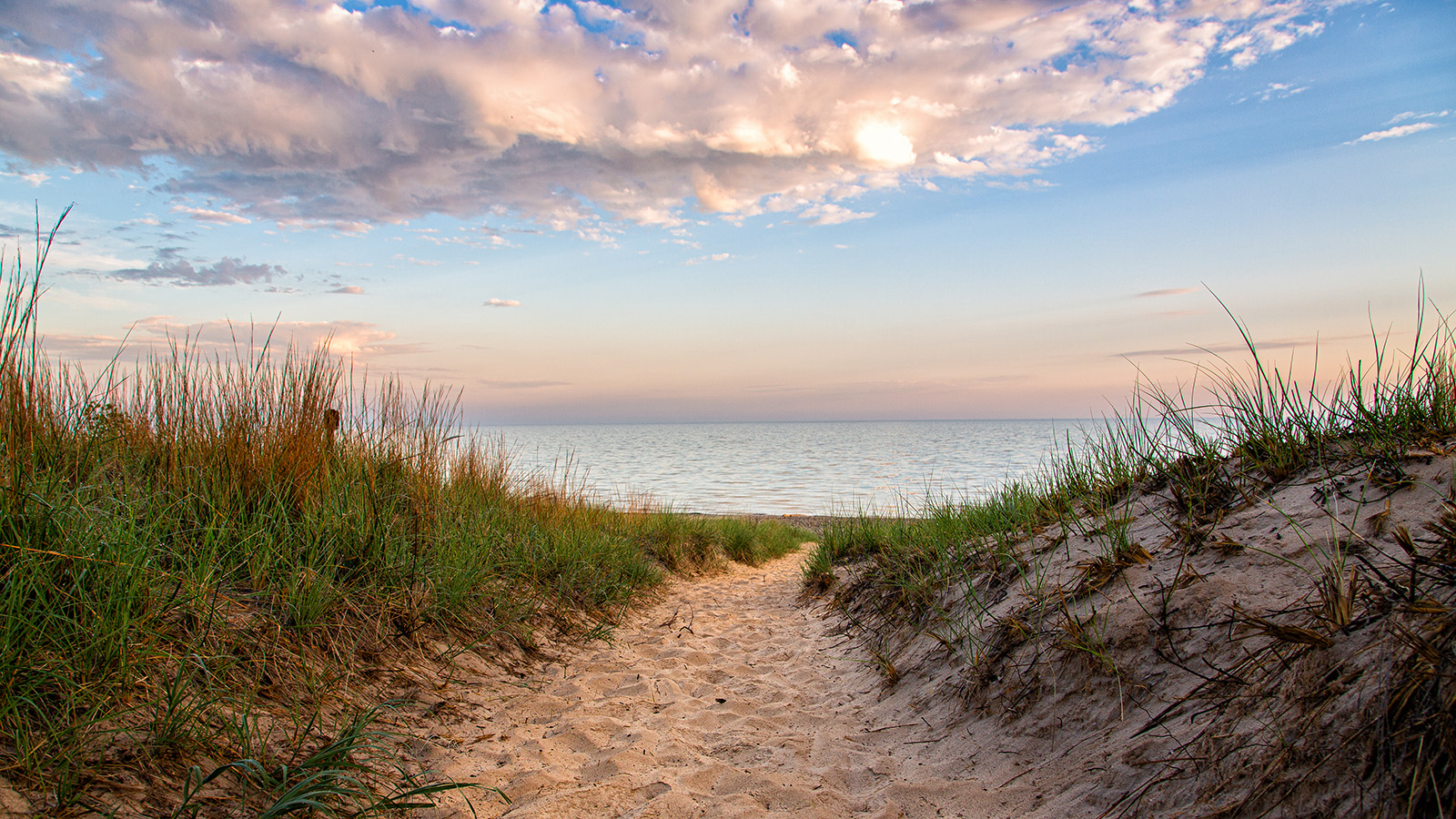Hunting for Wild Mushrooms in Indiana
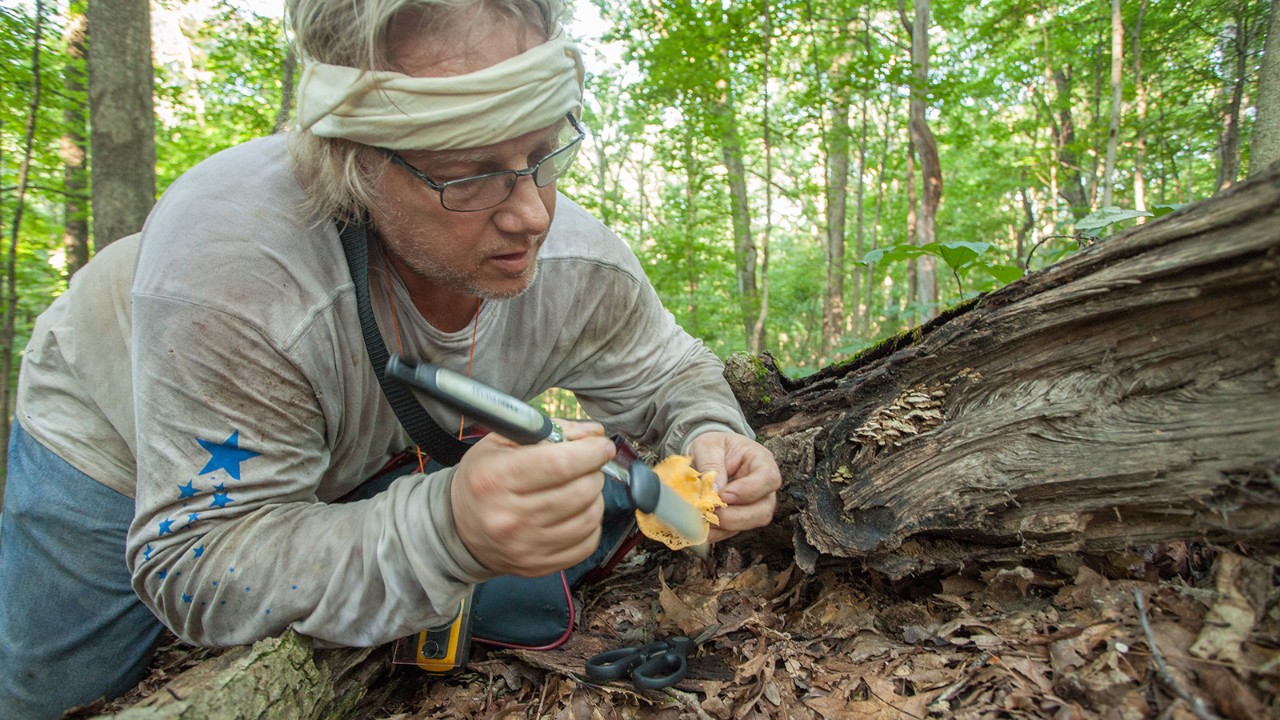
Hazlett’s friend Gordon Sachtjen gently cleans a mushroom with a brush to remove soil.
Story by Igor Guryashkin and photos by Matt Simpson
Igor lives in Louisville, Kentucky.
Adventurous activity reminds author of childhood spent in Russia.
I’m soaking wet. Standing in a sparsely wooded section of Harmonie State Park — a green strip of Indiana stretched along the Wabash River — it’s Illinois across the water and Kentucky a very hard stone's throw south. It’s the tail end of summer and already hot; columns of light are falling through the trees and hitting the damp forest floor to create a humidity best described as buttery.
See, isn’t this much better than 'Pokemon Go'?” asks professional forager David Hazlett rhetorically, while proudly holding out a mushroom he just found in an awkward spot.
He’s right. It is fun. Despite our seemingly immeasurable perspiration, my friend Matt and I are each walking around with a pound of chanterelles, their sour apricot smell perfuming upward with every step. The contents of our baskets, chefs would break our arms for. Go to another forest and you may find boletes (one variety which is commonly known as porcini) while in April comes morel season — a mushroom so prized and obsessed over there are a slew of websites dedicated solely to spotting them. Which begs the question — why isn’t everyone out here?
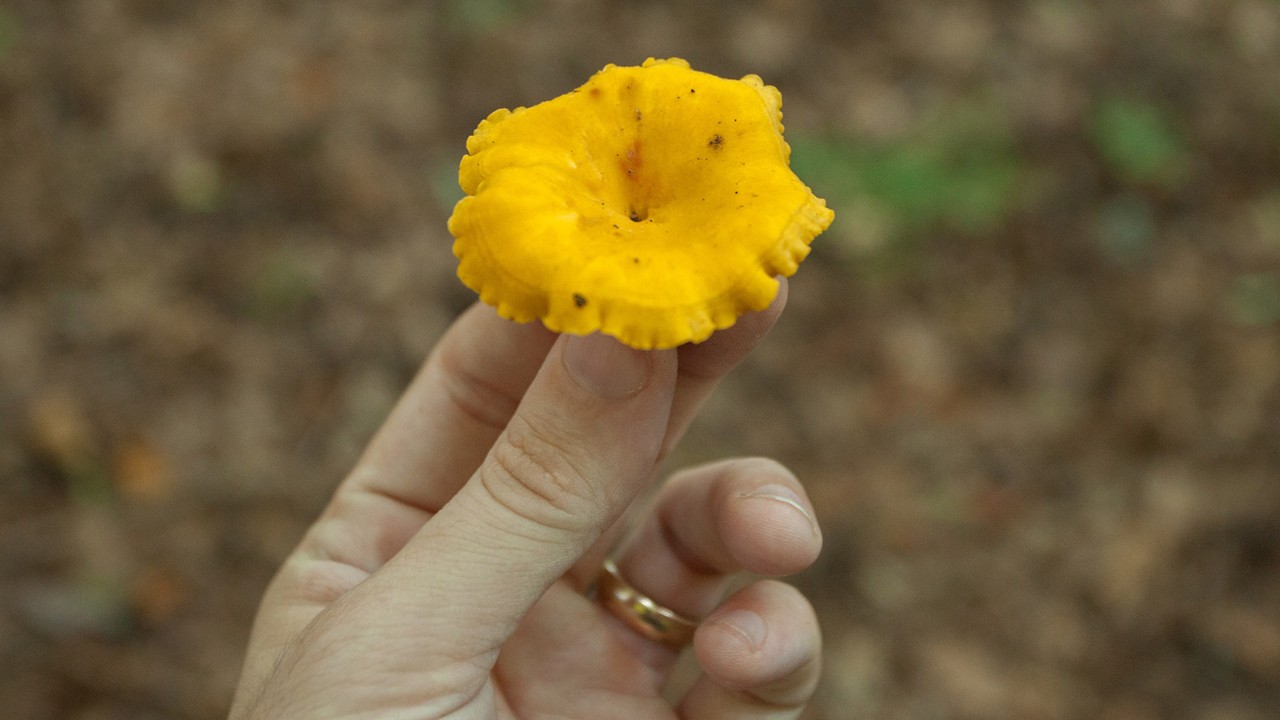
A freshly picked chanterelle
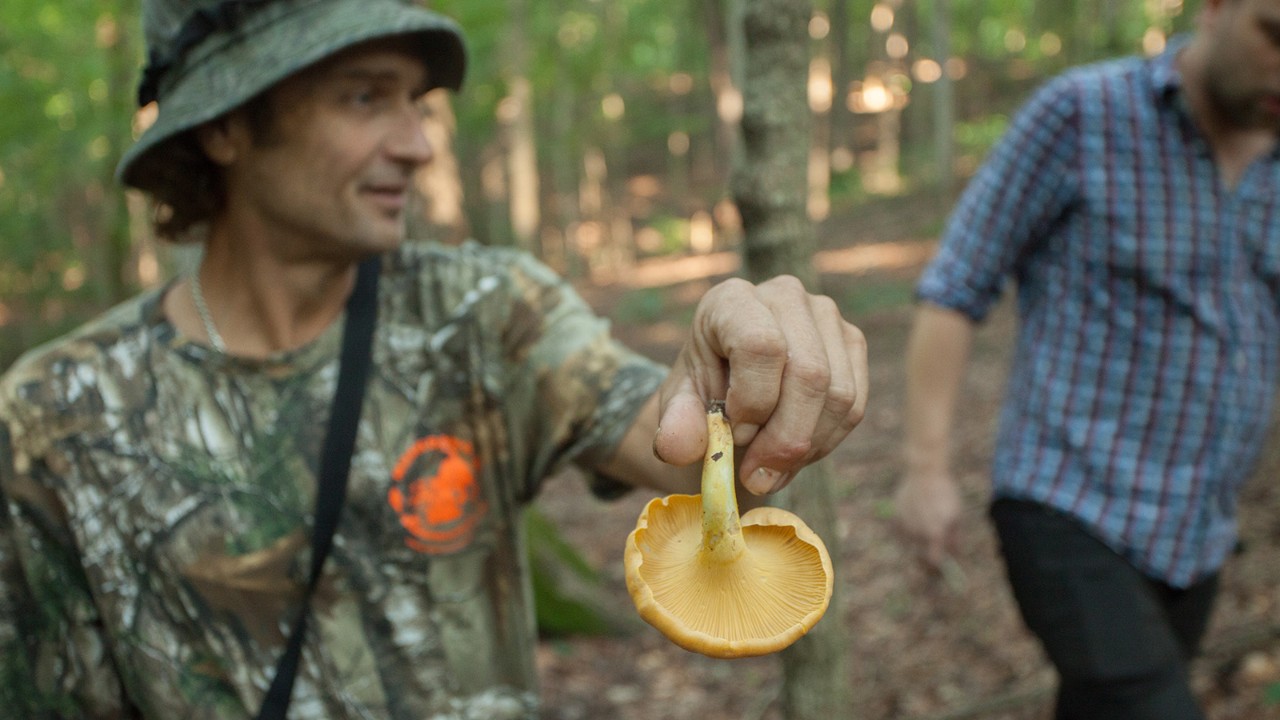
Hazlett shows off a particularly large chanterelle that he found.
The reason is that if you say the word “mushrooms,” people’s minds usually wander one of a few ways. The first is an image of bland-but-serviceable fungi in the supermarket, wrapped tightly in glistening plastic and sitting on a shelf somewhere between flat-leaf parsley and beetroot. Or you may consider the more illicit kind of mushroom that will alter your reality and is quite frowned upon in the eyes of the law. And to the uninitiated, even from a young age, we’re told all mushrooms in the forest are bad.
This last notion is only partly true. Some mushrooms are indeed poisonous, and novices should always go with someone experienced. But with proper training and the right guide for company, you can identify and collect perfectly safe and delicious specimens. For foragers like Hazlett, however, whose parents took him out early to hunt for morels — a hobby that he admits is now all-consuming — it’s all about education from a young age.
“If you can learn it as a child, it should not be that difficult to teach an adult,” he explains. “I really always push people to bring their kids along.”Whether old or young, one way to start your foraging journey is to go on a foray — a gathering often hosted by a local mycological society. It’s a chance to meet folks who geek out about mushrooms and will help allay fears and share knowledge. What’s edible? What’s poisonous? What’s in season? Where’s the best place to hunt?
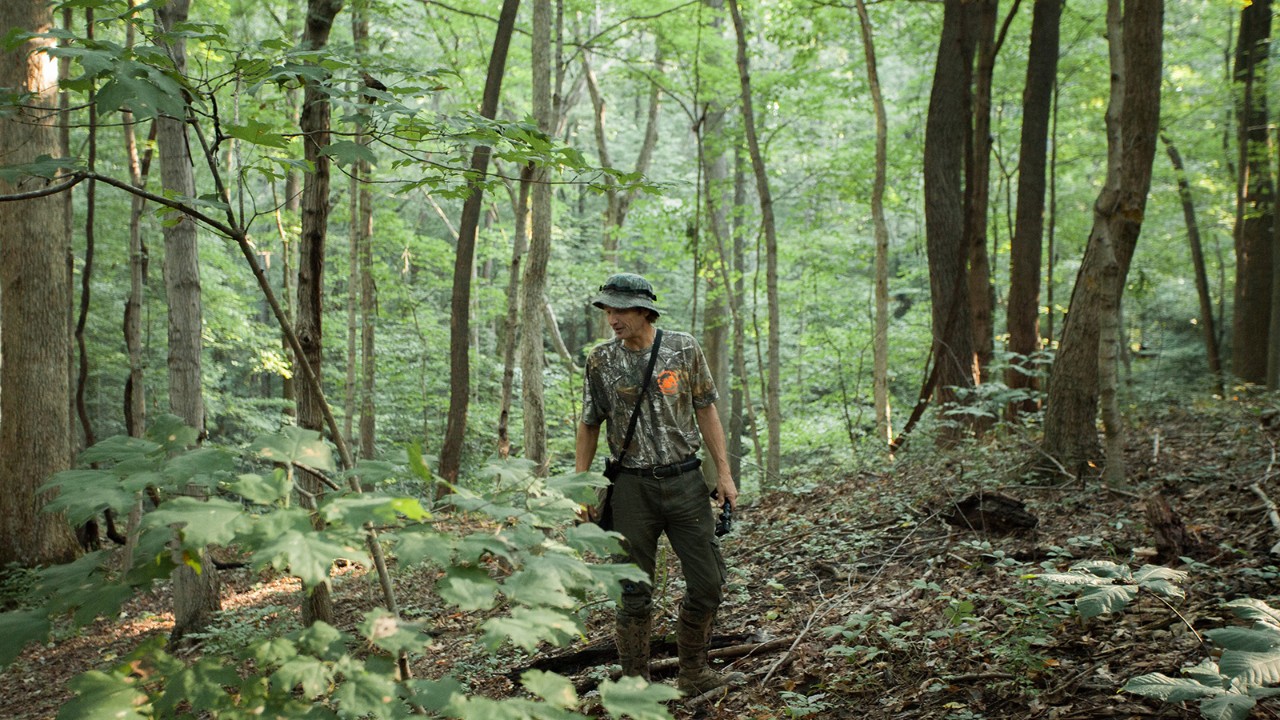
Hazlett walks through the woods. He’s well-prepared for the terrain with tough boots and pants.
“I like to say I learned about morels when I was 8 years old in eight minutes, and I’ve never forgotten to this day,” adds Hazlett, who now runs MorelDawg Mushrooms, a business specializing in mushroom-based products and supplements.
As for yours truly, I had my own reasons for being in these woods. My early childhood was spent in Russia, where foraging is basically a national pastime, a place where hidden mushroom spots were passed down within families like state secrets. We took our mushrooms seriously, while using the hunt as a chance to bond. My happiest memories were in the forest hunting for treasures that we’d eat together around the table that day. But that was 24 years ago — and now here I finally am doing it again (something I hope to someday do with my own kids).
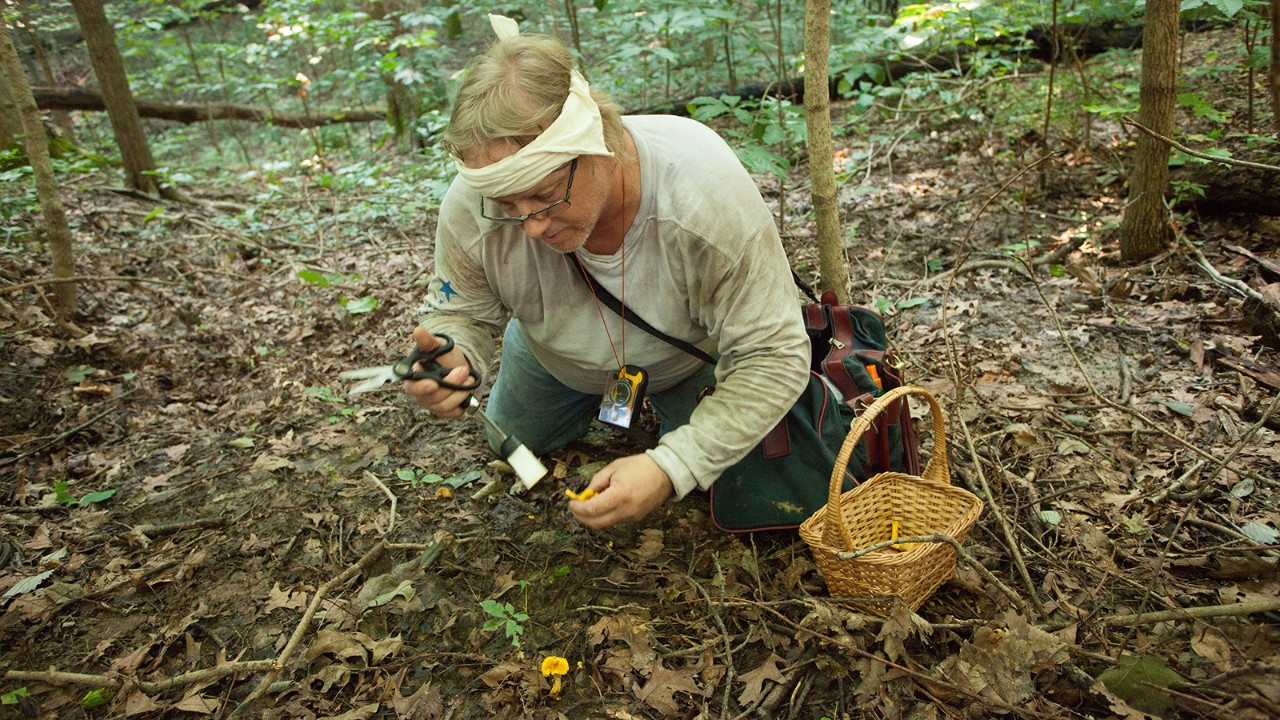
Satchjen uses a wicker basket for his mushrooms rather than a backpack to avoid crushing and bruising.
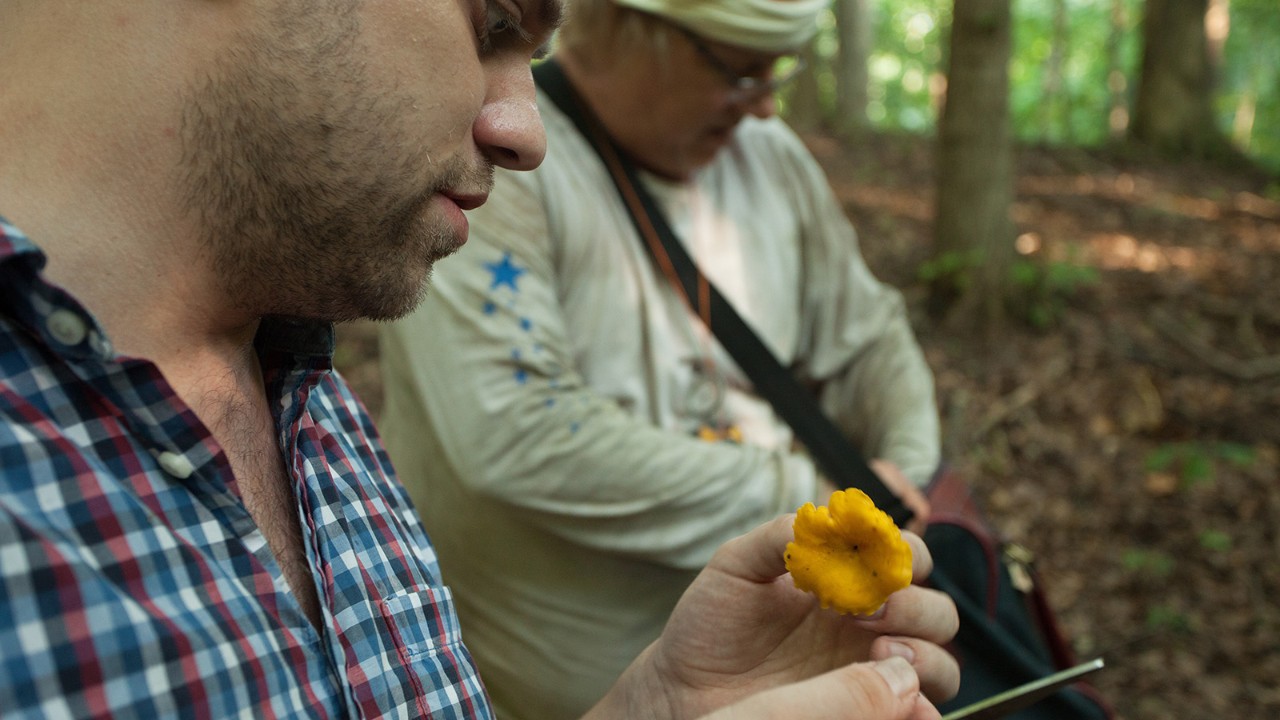
The smell of chanterelles is unmistakable, almost like fresh apricots.
The next day, we wake up and walk to Greenhouse on Porter. It’s a funky little joint inside a greenhouse that serves the kind of biscuits I think about when I’m supposed to be meditating. I order a cappuccino because I’m feeling fancy, but it turns out this is the kind of cool-kid place that only makes pour-over brew. It’s served, of course, in a beautiful ceramic mug made by locals Rachel Rider and Noel Nolan-Rider. The pour-over stuff takes time — not like my morning run-of-the-mill coffee.
The thing you learn about living in the South is that you must practice patience. If you’re standing in line, say, waiting on your coffee to be made, you can’t expect assembly line efficiency. It’s going take a while, and that’s OK. People here want to make it right. They also might ask about your family — or as we say in New Orleans, “Your mom ‘n’ em.” I’m starting to think that pottery’s not so different. It requires a whole lot of patience. You’ve got to center the clay on the wheel, build it up and form the work. That whole therapy thing stems from the patience that’s required. Whether it’s an artfully made cup of joe, flawless oyster presentations or a beautifully thrown pot, the folks along the Mississippi Gulf Coast take time to perfect their craft, and what results is some of the world’s most beautiful art.
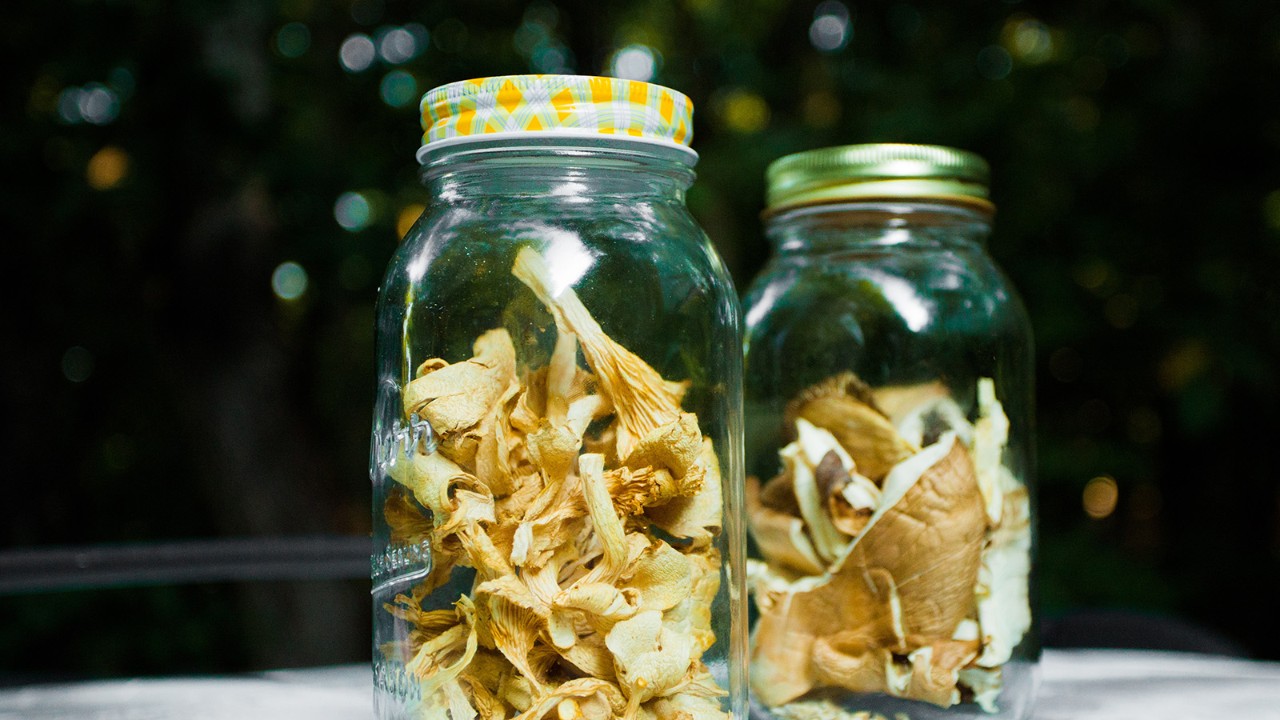
Wild mushrooms
Hazlett’s top tips for mushroom foraging:
1. Dress for success: A good pair of boots is essential as you’ll be covering diverse and at times tricky terrain. A walking stick can be handy in two ways — helping to keep balance and moving those pesky spiderwebs. You should also bring a basket with you, or something in which the mushrooms will not get crushed. You don’t want to spoil your finds, do you?
2. If you’re starting out, go with someone who knows what they are talking about, whether that’s in a group of experienced enthusiasts or someone you trust. And get a book on mushrooms — that’s essential.
3. Bring a compass. If you’re in a remote place you should not rely on phone signal or GPS alone.
4. Always ask: If you’re on private land, get permission. If you’re going to a public park, call ahead and see what their policy is on mushroom foraging. “A lot of times the parks just want to know what you’re doing and they really appreciate if you call,” adds Hazlett.
5. If you have even the slightest doubt about the mushroom you just picked, throw it out. Always be certain.
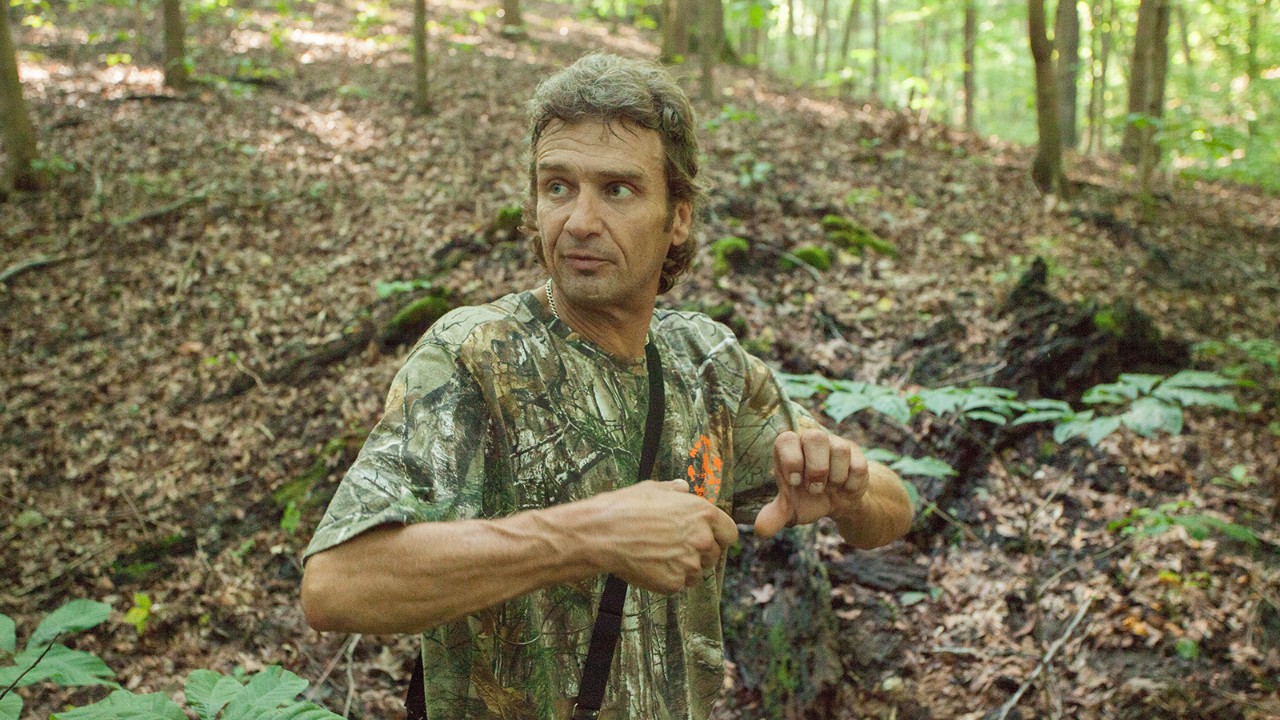
Hazlett urges people to always call ahead wherever you plan to go foraging and make sure to go with someone experienced.
Related
Read more stories about Indiana.
- Road Trip to Discover Haunted Indiana
- Hunting for Wild Mushrooms in Indiana
- Road Trip to Find the Best Pies in Indiana
- Indiana Trips
- Road Trip to Indiana Dunes National Park

